Persian Rugs: Introduction
For centuries, Persian weavers have been producing an eclectic array of rugs to suit just about every season, every reason and every personal preference. You can find rugs that are ruggedly woven with rustic, tribal patterns to rugs that are tightly woven to produce a sleek, refined finish.
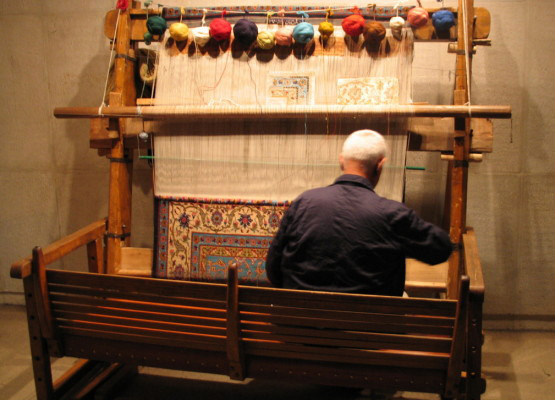
What is interesting to know is that these distinct weaving techniques, materials used and patterns of the rugs are not just random creations. Different tribes and different regions produce their own distinctive types of rugs that can be easily identified by their characteristic traits. Rugs created by tribal weavers are markedly different from those produced by village or town weavers.
Here’s a sneak peak at the 3 different categories of Persian rugs depending on the type of weaving. Also if you can learn the difference between Persian rugs vs Oriental rugs, if you don’t know it yet.
Tribal Rugs
Crafted by nomadic tribes-people, these rugs usually feature primitive designs and limited colors, mostly reds and blues. The nomadic nature of the weavers plays a major influencing role into how the finish product turns out.
The rugs are woven on ground or horizontal loom. When it is time to move to a new pasture, they simply collapse the loom and rig it up all over again at the new camp location. Every time the weaver dismantles the loom, the wool which has been under tension while the loom was set up, tends to spring back and recover in the absence of any tension. At the new location, the weaver finds it almost impossible to reconstruct the same loom settings. This is one of the reasons why these tribal woven rugs often have irregular shapes. The beauty of it is many buyers find the irregular shapes appealing as it is quite an aberration from the perfectly symmetrical pieces of today.
Examples of tribal rugs include Gabbeh, Bakhtiari, and Balouchi.
[threecol_one]
[/threecol_one] [threecol_one]
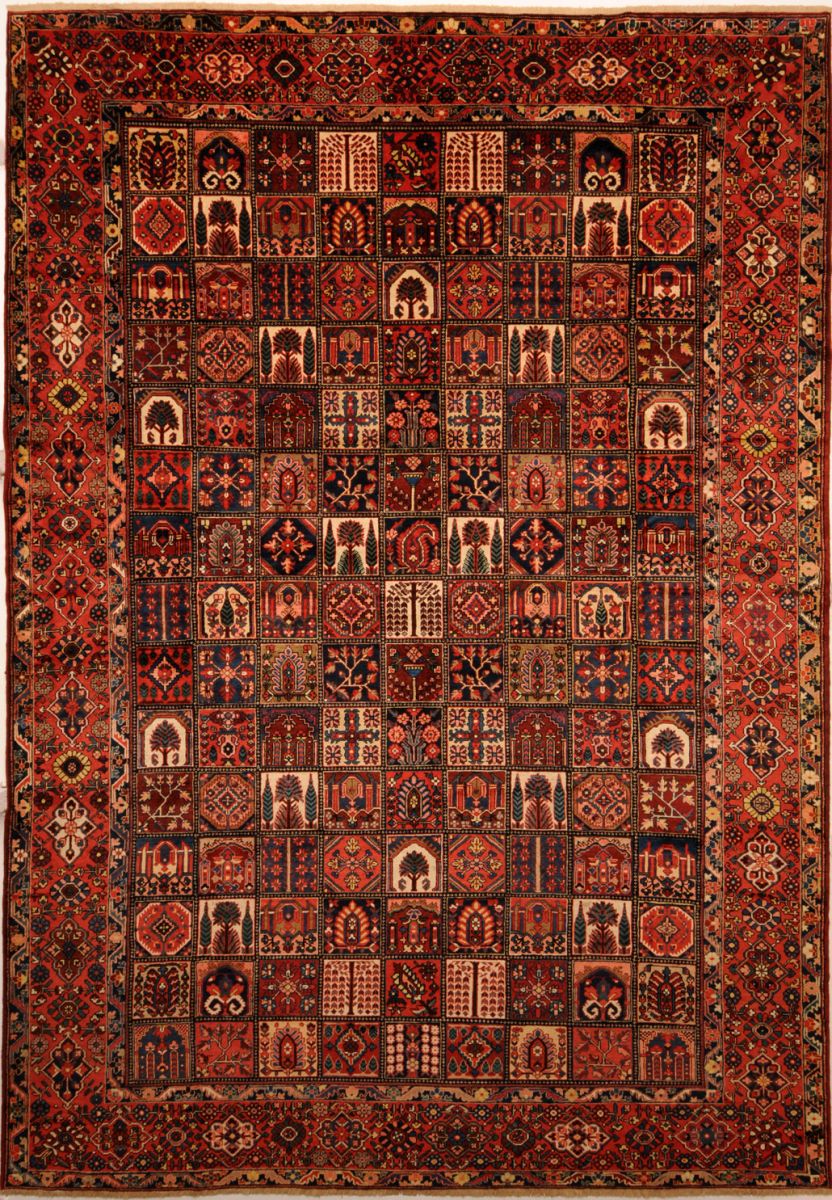
[/threecol_one] [threecol_one_last]
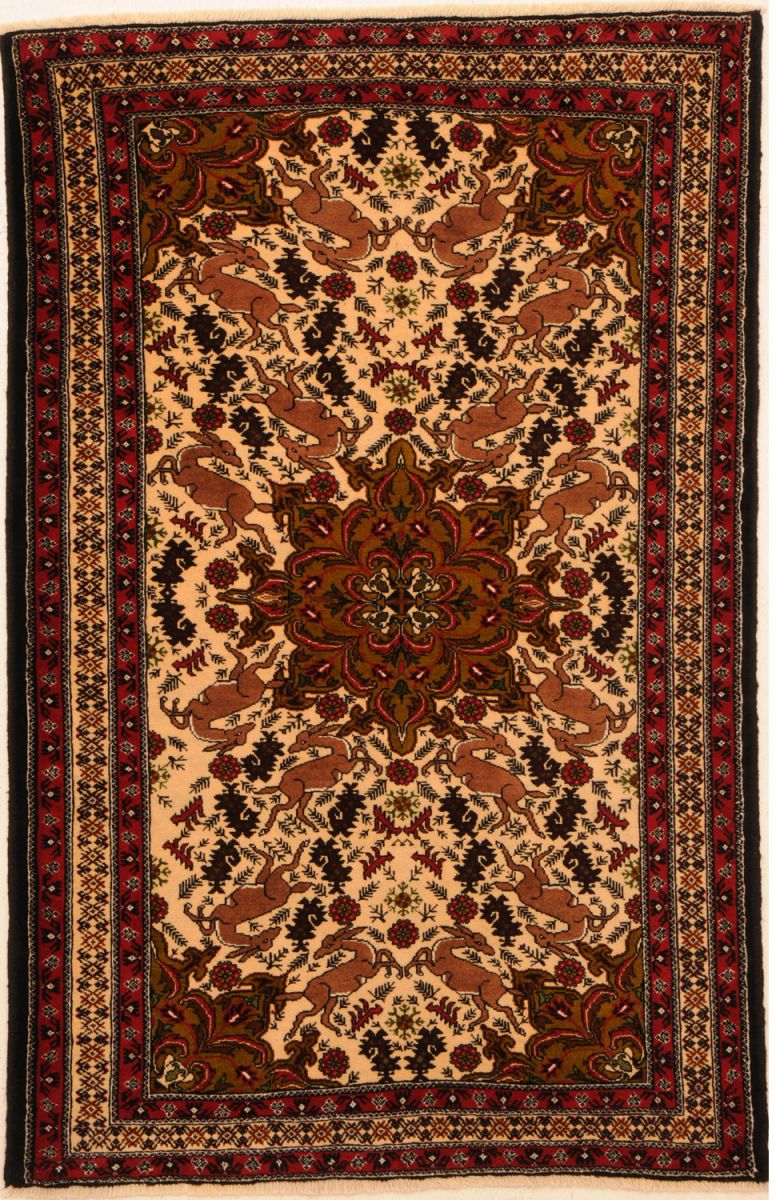
[/threecol_one_last]
Village Rugs
Village-made Persian rugs are usually of a higher quality than the nomadic pieces and they have a more regular and consistent shape. One of the major reasons behind this is the fact that these rugs are woven using a permanently-pitched loom. The method of weaving is also slightly different in that these rugs usually have a cotton warp and weft, which enhances the stability of the rug and adds resistance to shrinkage. Also, with easier access to modern dyes, weavers incorporate several more colors into their weave. You can find village rugs in a multitude of hues from reds and blues to gold, beige and yellow.
Popular village varieties include Heriz, Hamadan and Abadeh.
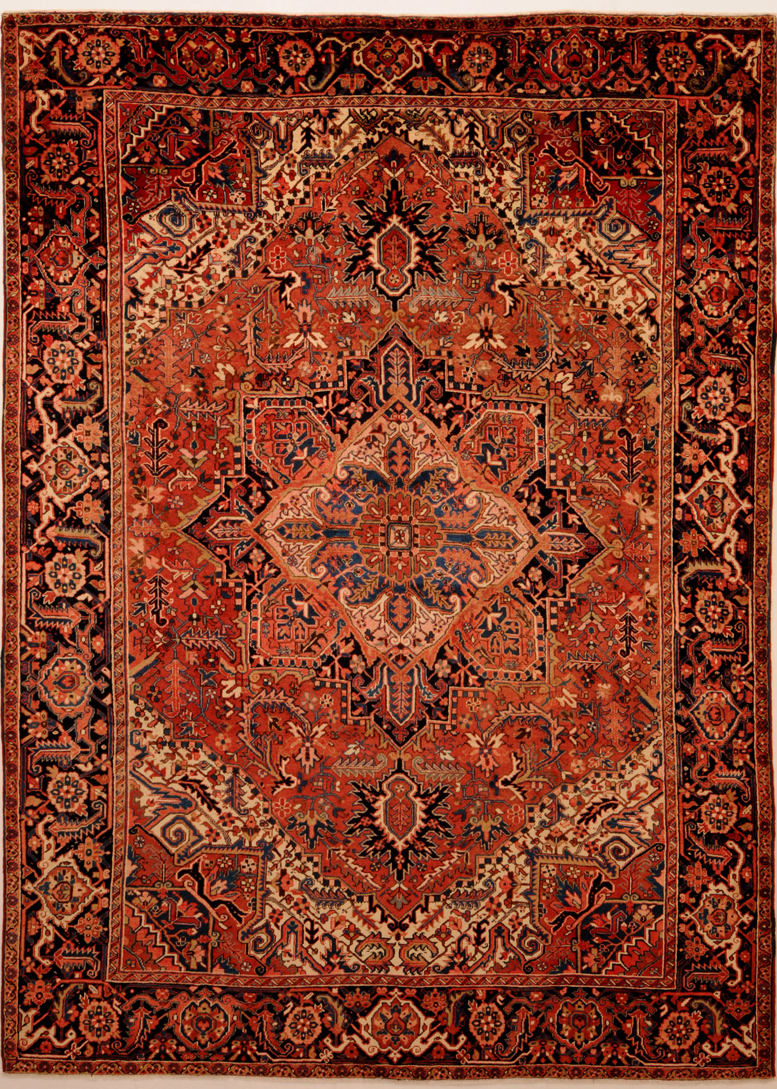
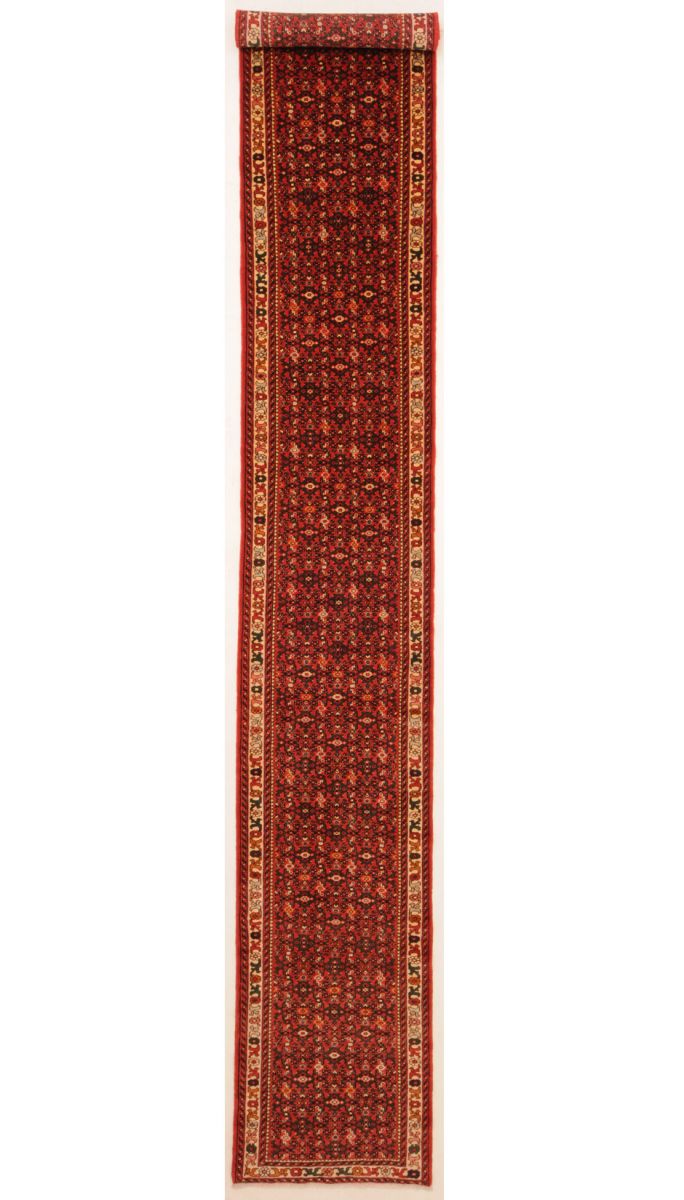
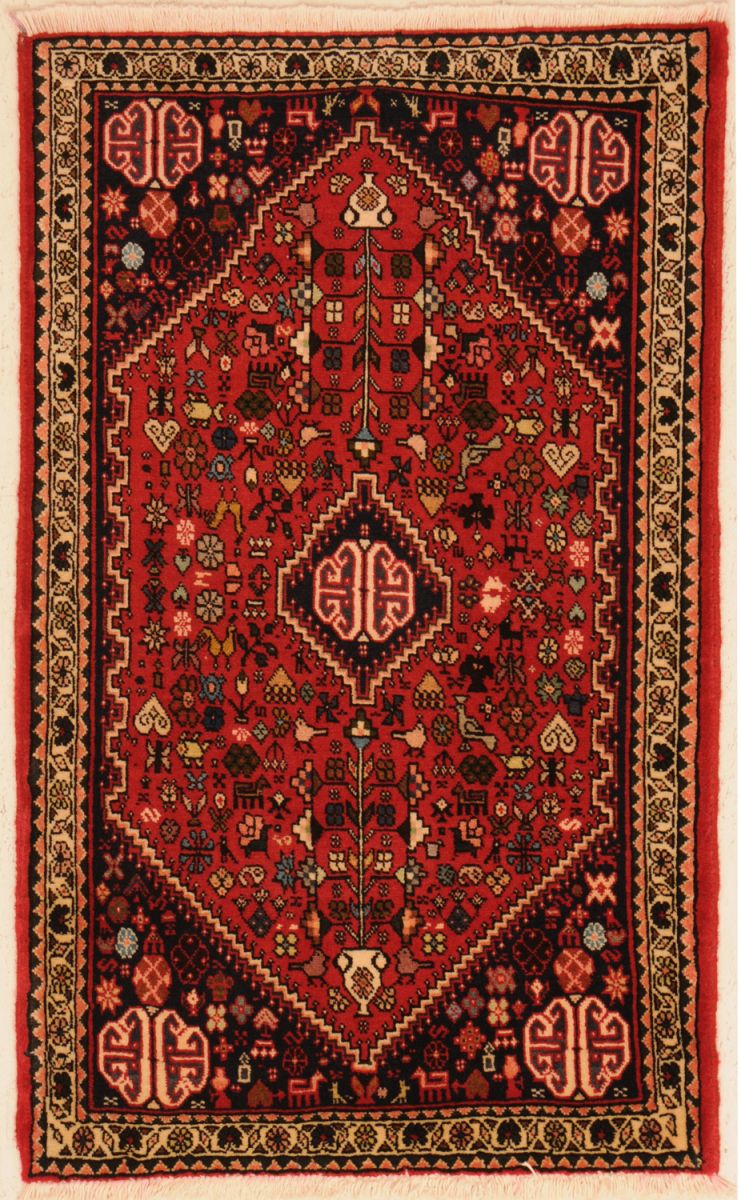
Town Weavings
Town woven rugs are of the highest quality. Weavers use a fixed vertical loom, which allows them to produce a much more consistent weave and also a much higher knot density per square inch. These rugs have very elaborate designs in an even wider range of colors and complicated multiple borders.
Examples of town weavings include Kashan, Tabriz, and Nain.
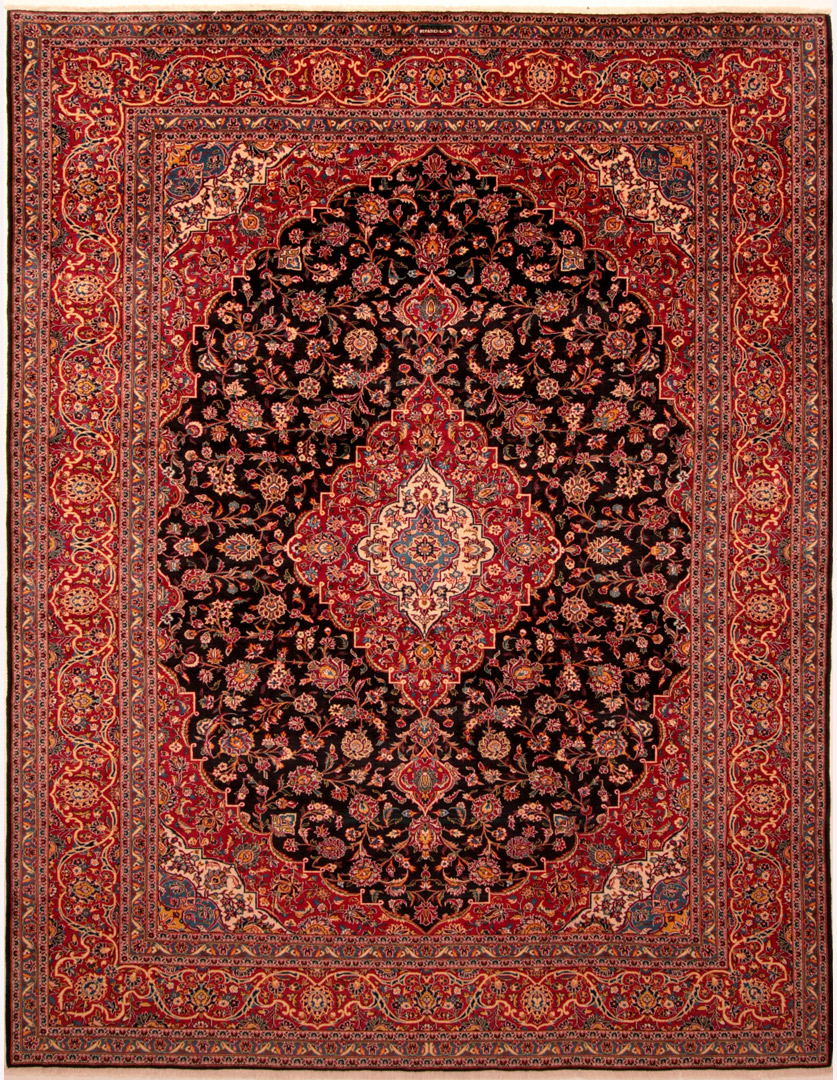
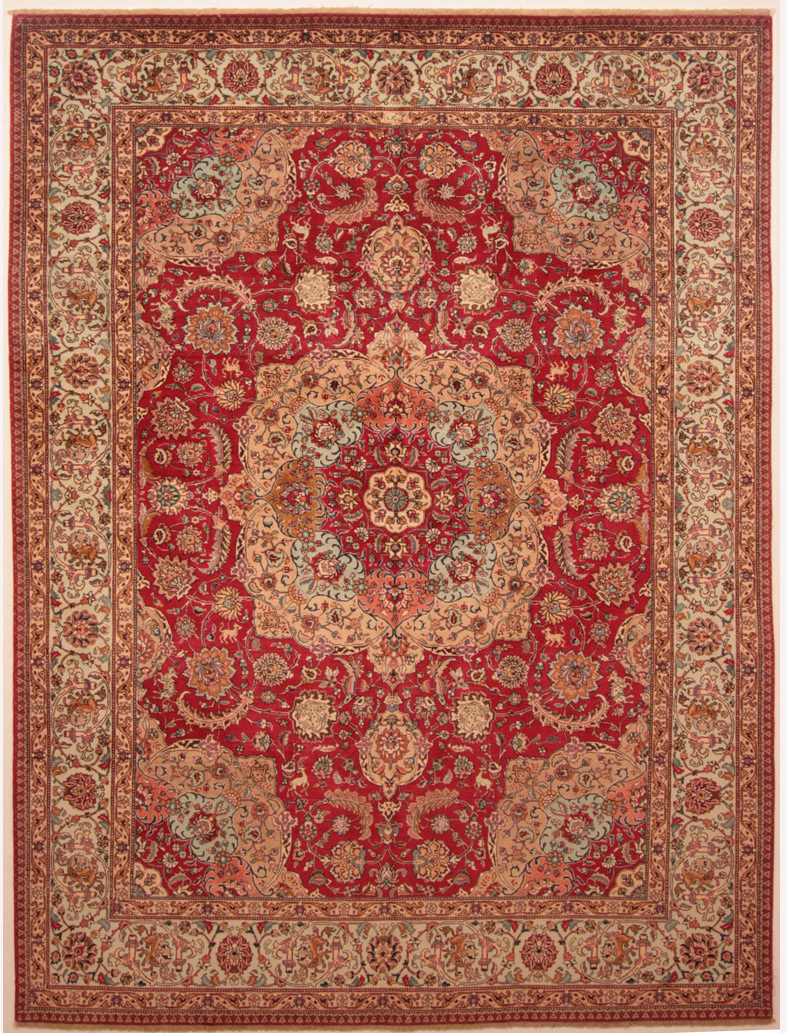
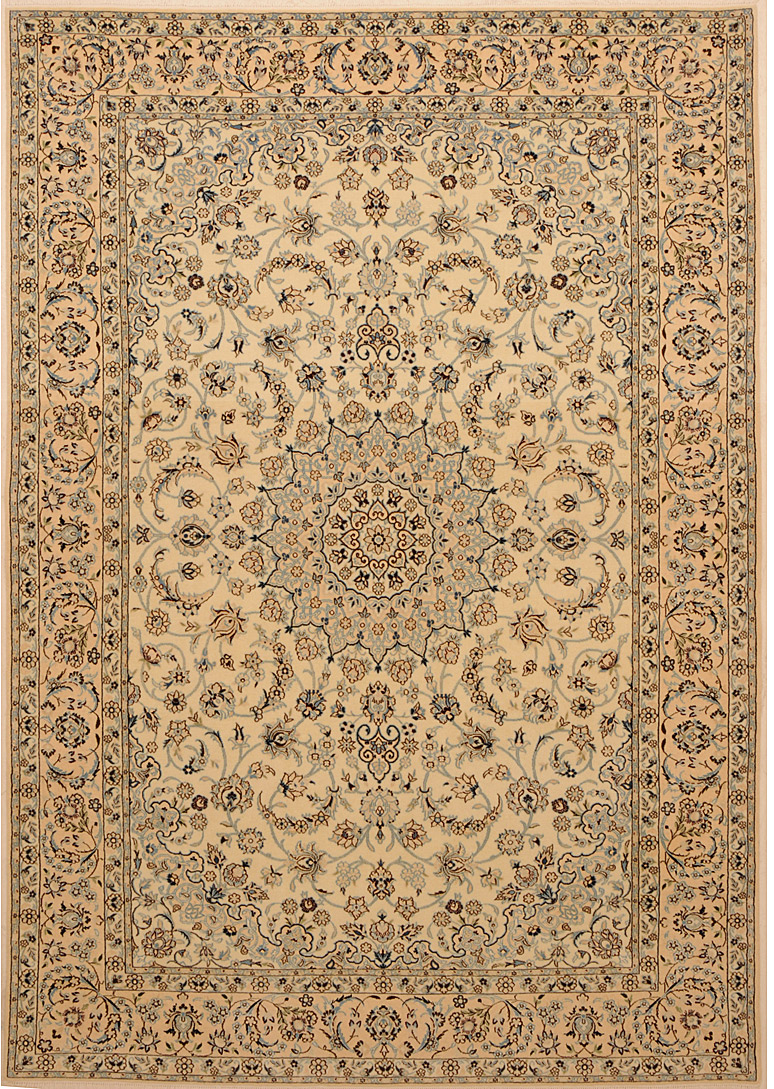
No matter their origin, pattern, color or size, as you can see, every Persian rug variant has its own distinctive beauty and charm that different people find appealing.
[sibling-pages exclude=”1512,1538,1545″ depth=”2″]